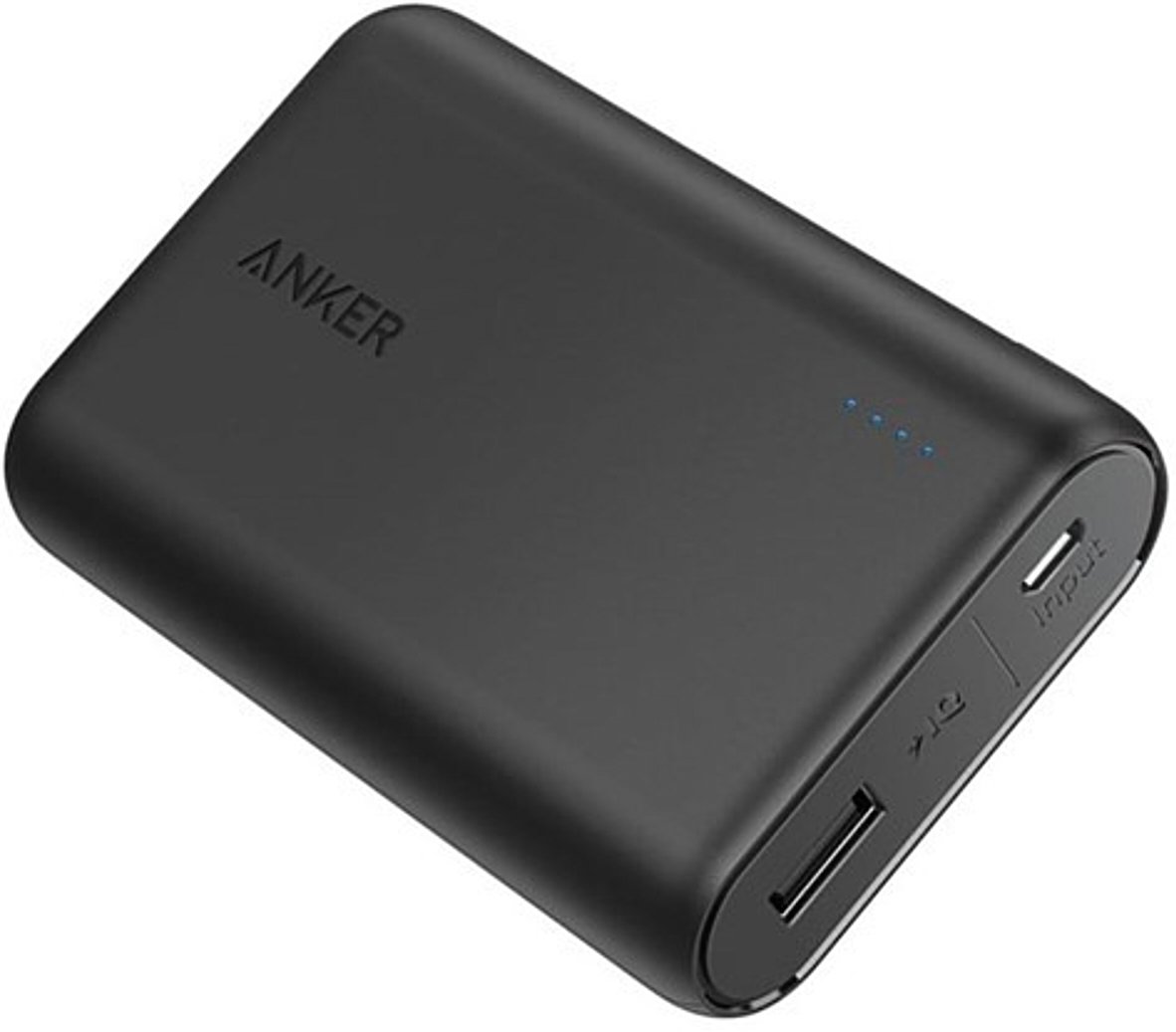In a major consumer safety development, over one million power banks have been recalled across the United States and other international markets following multiple reports of the devices overheating and catching fire. The recall has been initiated voluntarily by the manufacturer in cooperation with the U.S. Consumer Product Safety Commission (CPSC), as well as other international regulatory bodies.
This recall has sparked serious concerns about the safety standards of portable charging devices, which have become nearly indispensable in today’s digital age.
Background and Scope of the Recall
The power banks in question were manufactured by XYZ Technologies, a major electronics firm based in Shenzhen, China, and were sold under multiple brand names, including “PowerBlast,” “ChargeMate,” and “ZapGo”. These products were distributed through popular retail platforms such as Amazon, Walmart, Best Buy, Target, and direct-to-consumer websites between July 2022 and March 2025.
According to an official statement from the CPSC, the recall affects approximately 1.2 million units. The affected models include 10,000mAh and 20,000mAh lithium-ion battery packs that were advertised for their “fast charging” and “multi-device compatibility” features.
What Prompted the Recall
The move follows at least 137 confirmed reports of power banks overheating, with 23 incidents involving actual fires that caused property damage, and six reports of minor burn injuries. Most of these incidents were linked to internal battery failures, which led to thermal runaway—a process in which the battery rapidly overheats and becomes unstable.
The CPSC launched an investigation earlier this year after several viral social media posts showed burnt bags, scorched tables, and melted electronics, all attributed to overheating power banks. After months of testing, the agency confirmed that the internal circuit design in some units lacked adequate overcharge and thermal protection—essential components that prevent lithium-ion batteries from becoming a fire hazard.
Consumer Guidance and Immediate Actions
Consumers who have purchased one of the recalled power banks are urged to stop using them immediately. They should visit the manufacturer’s official recall page, enter the product serial number, and follow instructions for a free replacement or full refund.
Here are the steps affected users should take:
-
Identify the Product: Check the label on your power bank for model number and batch code. This information is usually printed near the input/output ports or under the product.
-
Visit the Recall Site: Head to or the CPSC’s official recall list to see if your device is listed.
-
Submit Proof of Purchase: Consumers may be required to upload a photo of the power bank and proof of purchase (receipt or email confirmation).
-
Stop Using the Product: Even if the power bank seems to function normally, discontinue use immediately and avoid storing it in hot environments or charging it unattended.
Expert Commentary on Lithium-Ion Battery Risks
According to Dr. Rachel Simmons, an electrical engineering professor at MIT specializing in energy storage technologies, the recall underscores ongoing challenges in lithium-ion battery manufacturing.
“Lithium-ion batteries are powerful and efficient, but they are also volatile if not designed with proper fail-safes. As demand rises for portable charging solutions, we’re seeing more products cutting corners to reduce costs, which ultimately compromises safety.”
Dr. Simmons recommends that consumers always purchase devices from trusted brands, check for certification logos (such as UL or CE), and avoid charging power banks on flammable surfaces like beds, sofas, or paper-covered desks.
Industry and Regulatory Reactions
The incident has prompted regulators and industry stakeholders to call for stricter safety standards and enhanced supply chain oversight for portable battery devices. The Consumer Technology Association (CTA) has issued a statement urging manufacturers to comply with updated safety standards set by UL (Underwriters Laboratories) and the International Electrotechnical Commission (IEC).
“This recall is a wake-up call for the industry. As devices become more powerful and compact, the potential risk grows. Robust compliance must be non-negotiable,” said a CTA spokesperson.
Some consumer advocacy groups have also criticized the reactive nature of such recalls. Consumer Watchdog, a U.S.-based nonprofit, has petitioned the CPSC to introduce proactive inspection protocols for electronics sold through third-party online vendors.
Implications for Retailers and Online Marketplaces
Major e-commerce platforms like Amazon and Walmart have already removed the affected products from their listings and have begun notifying customers who purchased the recalled units. Retailers are also expected to offer store credit or coordinate returns through manufacturer-issued prepaid return labels.
Amazon issued a brief statement:
“We are working closely with our sellers and regulatory authorities to ensure all affected customers are notified and compensated. Customer safety is our top priority.”
The recall may also lead to financial repercussions for XYZ Technologies, which now faces potential class-action lawsuits in the U.S. and Canada. Legal experts say the company could be liable for both direct damages (such as property loss) and punitive damages if negligence is proven in court. What Consumers Can Learn From This Incident
This high-profile recall offers several important takeaways for consumers:
-
Check for Certification Marks: Look for UL, ETL, or CE markings on any electronic product before purchase.
-
Buy From Reputable Sellers: Avoid ultra-cheap gadgets from unknown brands or sellers with low ratings.
-
Follow Charging Guidelines: Never charge a power bank unattended or overnight. Unplug when fully charged.
-
Replace Older Devices: Power banks typically have a lifespan of 2-3 years. Replace old units regularly.
The recall of over one million power banks serves as a sobering reminder of the hidden risks that come with the convenience of portable technology. While the industry races to meet growing consumer demand, it must do so responsibly and transparently. Consumers, too, must stay informed and exercise caution when choosing electronics that could impact their safety.
Authorities continue to investigate other brands and models for similar issues, suggesting that further recalls could follow in the months to come. Meanwhile, regulators are urging manufacturers to enhance quality control and prioritize user safety at every step—from design to distribution.






